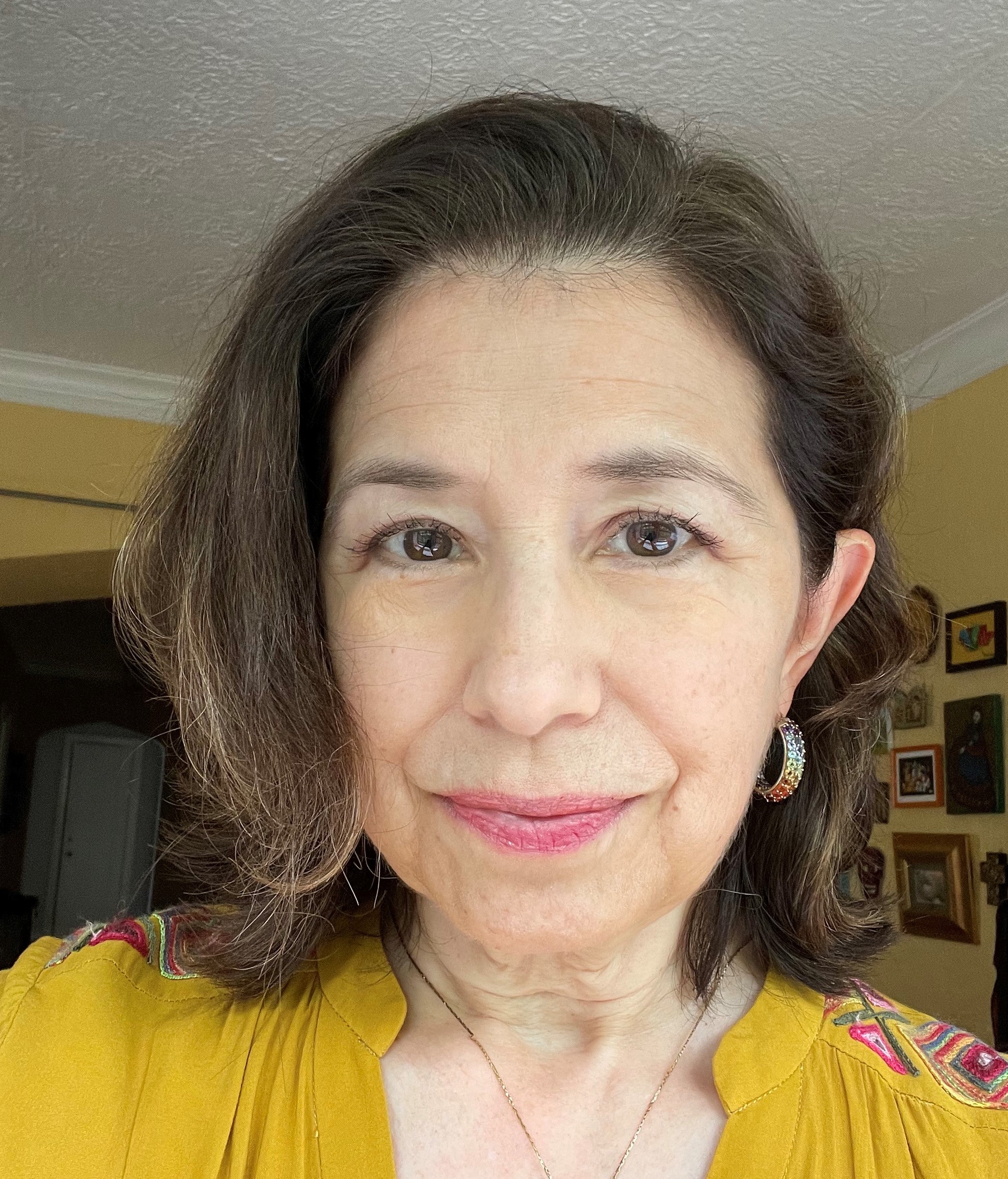Affiliation: University of Illinois at Urbana-Champaign

Lisa J. Lucero (PhD, UCLA, 1994) is a Fellow of the American Association for the Advancement of Science (AAAS) and a Professor of Anthropology at the University of Illinois at Urbana-Champaign. Her interests focus on ritual and power, water management, the impact of climate change on society, sustainability in tropical regions, and the Classic Maya. She has been conducting archaeology in Belize for 30 years and has authored seven books and an array of articles and book chapters. Dr. Lucero uses insights from traditional Maya knowledge to promote tropical sustainability, working with UNESCO Mexico and colleagues in Southeast Asia. Prof. Lucero is one of the AIA’s 2022/2023 Joukowsky Lecturers.
Ancient tropical societies dealt with the same issues we face today—climate instability, growing populations, overuse of resources, and so on. One of the major issues at present is growing concern about providing adequate supplies of clean drinking water. We can learn from past tropical societies, including the ancestral Maya of Central America, whose cities supplied clean water via sophisticated, self-cleaning reservoirs (i.e., constructed wetlands) for over 1,000 years. Their long-term success demonstrates the enduring usefulness of self-cleaning reservoirs or constructed wetlands, as I illustrate with the Classic Maya (c. 250-900 CE). I conclude with discussing the vital importance of preserving cultural heritage for descendants, tourism—and to benefit our future through the lessons the past embodies
The Classic Maya (c. 250-900 CE) subsisted as agriculturalists for over 4,000 years without destroying their environment. They accomplished this feat largely due to their inclusive, non-anthropocentric worldview where they were one with world rather than one with nature. This worldview impacted how the Maya engaged with the environment, including sacred places. Openings in the earth, such as caves and water bodies, are portals to the underworld where the Maya communed with gods and ancestors and prayed for rain. Some portals demanded pilgrimages, either yearly or for specific reasons, such as during a severe drought. Cara Blanca, Belize, is one such pilgrimage destination. It has 25 water bodies and nearby fertile soils. At one particular cenote (a steep-sided sinkhole filled by groundwater) over 60 meters (over 200 feet) deep, the Maya built a water temple and other ceremonial buildings, but not houses. Nor did they plant crops—even during the period between 800 and 900 CE when multiple, prolonged droughts struck the Maya area. Consequently, there is a minimal human footprint, even though resources are plentiful. Flora and fauna thus flourished. I argue that this type of engagement is a type of conservation—one that we can still apply today.
Short bibliography and/or website on lecture topic (for lay reader):
Lucero, Lisa J. 2018 A Cosmology of Conservation in the Ancient Maya World. Journal of Anthropological Research 74(3):327-359.
Lucero, Lisa J., and Andrew Kinkella 2015 Pilgrimage to the Edge of the Watery Underworld: An Ancient Maya Water Temple at Cara Blanca, Belize. Cambridge Archaeological Journal 25(1):163-185.
Lucero, Lisa J., and Jesann Gonzalez Cruz 2020 Reconceptualizing Urbanism: Insights from Maya Cosmology. Special Topic, ‘Reciprocal Impacts: Human Behavior and Urban Resilience,’ Frontiers in Sustainable Cities: Urban Resource Management. 2:1. doi: 10.3389/frsc.2020.00001.
The Classic Maya (c. 250-900 CE) landscape was a mosaic of cities, farmsteads, forests, seasonally inundated swamps (bajos), and sacred areas largely left untouched. There were hundreds of cities surrounded by rural farmsteads, each with their own king. Some kings were more powerful than others, especially those at Tikal and Naranjo in Guatemala, Calakmul in Mexico and Caracol. Kings attracted subjects through their sponsoring the building and maintenance of massive, urban reservoirs to which farmers came during the annual dry season. Classic Maya Kings were excellent water managers—as long as the rains came. Water became increasingly vital, especially in the Late Classic period (c. 600-800 CE) when population peaked. When several prolonged droughts struck the Maya area beginning c. 800 CE that lasted for over a hundred years, reservoir levels plummeted, crops failed, and famine ensued. Subjects did not revolt or resort to violence. They voted with their feet. Maya farmers/subjects deserted kings and southern lowland cities by 900 CE to find more stable water supplies and take care of their families. Classic Maya Kings disappeared. Farmers adapted and moved on. I conclude with a brief foray into how kings and cities lasted 1,000 years and the implications for urbanism today and our future.
Short bibliography and/or website on lecture topic (for lay reader):
Lucero, Lisa J. 2017 Ancient Maya Water Management, Droughts, and Urban Diaspora: Implications for the Present. In Tropical Forest Conservation: Long-Term Processes of Human Evolution, Cultural Adaptations and Consumption Patterns, edited by Nuria Sanz, Rachel Christina Lewis, Jose Pulido Mata, and Chantal Connaughton, pp. 162-188. UNESCO Mexico.